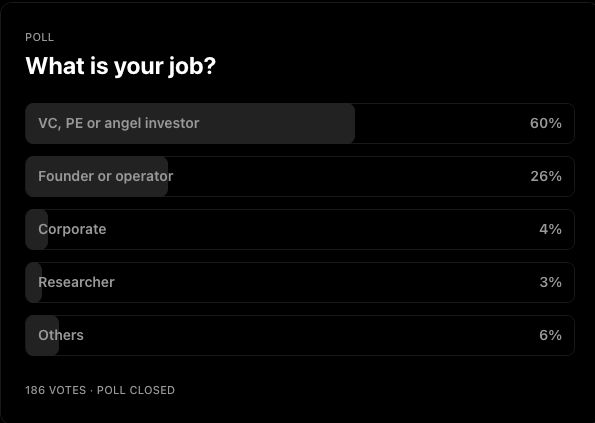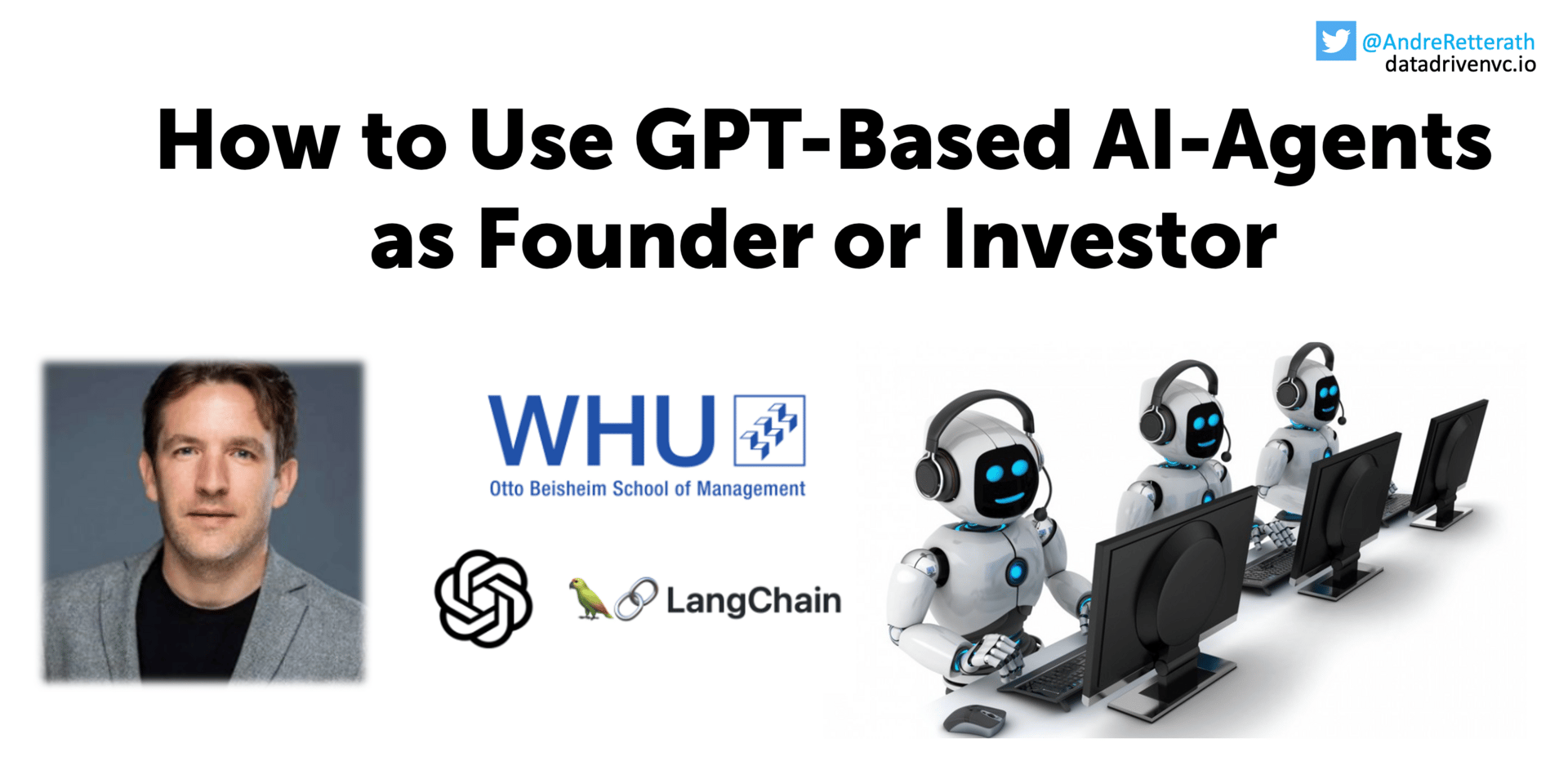👋 Hi, I’m Andre and welcome to my weekly newsletter, Data-driven VC. Every Thursday I cover hands-on insights into data-driven innovation in venture capital and connect the dots between the latest research, reviews of novel tools and datasets, deep dives into various VC tech stacks, interviews with experts and the implications for all stakeholders. Follow along to understand how data-driven approaches change the game, why it matters, and what it means for you.
Current subscribers: 9,414+, +746 since last week
Brought to you by VESTBERRY - A tool designed specifically for data-driven VCs

Watch our 7-minute product demo, showcasing the platform's powerful features and intuitive interface. Gain valuable insights and make data-driven decisions with unparalleled ease.
I’m incredibly excited to welcome more than a thousand new readers who joined since launching the “Data-driven VC Landscape 2023” last week 👋🏻 Of course, I always try to understand and tailor my content as well as possible to you, the community.

Following the recent hype around GPT-based agent experiments like BabyAGI or AutoGPT (the hype within the hype🤔), I’m excited to have Professor Dries Faems contribute today’s guest post on how to build and use your own AI agent with Langchain showcased by “LeanStartupAgent”. Of course, the concept can be applied to any other use case too!

Some context: Dries is a Professor for Entrepreneurship, Innovation and Technological Transformation at the WHU Otto Beisheim School of Management, one of the leading entrepreneurial universities in Europe that is lucky to count the founders of Zalando, Rocket Internet, Forto, Flixbus, HelloFresh, and many more unicorns to its alumni.
Thank you, Dries, for sharing your innovative work with us and providing a blueprint in your guest post below 🙏🏻
The “LeanStartupAgent”
In this article, I will introduce LeanStartupAgent, which is a GPT-based application that allows to automatically generate business models for founders. First, I will briefly summarize the theoretical foundations of this agent. Next, I will elaborate on how this agent leverages novel opportunities in natural language programming to automate a wide variety of data-driven business activities. Finally, I will give a clear instruction list on how you can use the agent yourself.
Theoretical foundations of the LeanStartupAgent
LeanStartupAgent is an application that helps entrepreneurs and innovators to automate several steps in business model development. The logic of this agent heavily relies on the Lean Startup approach, which has been popularized by influential scholars and practitioners such as Eric Ries, Steve Blank, and Alex Osterwalder. The lean startup approach is a methodology for developing businesses and products with a focus on efficiency, customer-centricity, and continuous learning. Here are the core principles of the lean startup approach:
Identifying Customer Pain Points: The first principle of the lean startup is to identify the problems or pain points that customers are facing. By deeply understanding these pain points, entrepreneurs can gain insights into unmet needs and opportunities for innovation.
Failing Quickly through Hypothesis Testing: The lean startup encourages entrepreneurs to formulate hypotheses about their business model, product features, or target market and test them rapidly. Instead of spending extensive time and resources on developing a full-scale product or service, lean startups aim to create minimum viable products (MVPs) to validate their assumptions and gather feedback from real customers. This process allows early detection of flaws or misconceptions, enabling quick adjustments and avoiding significant failures down the line.
Clear Value Proposition: A value proposition is a clear statement that explains how a product or service solves a customer's problem or meets their needs in a unique and compelling way. In the lean startup approach, it is essential to formulate a well-defined value proposition that resonates with the target audience. By analyzing the pain points and understanding how the value proposition directly addresses those challenges, entrepreneurs can communicate the benefits of their offering effectively. It is crucial to evaluate and analyze the fit between the value proposition and the customer's pain points. The value proposition canvas is a structured tool to formulate and evaluate value proposition-market fit.
If you want to get a deeper understanding of the core principles, check out the podcast episodes with Steve Blank on ‘Decoding innovation theater’ and Alex Osterwalder on ‘The art of hypothesis testing in startups’ in the Most Awesome Founder Podcast.

